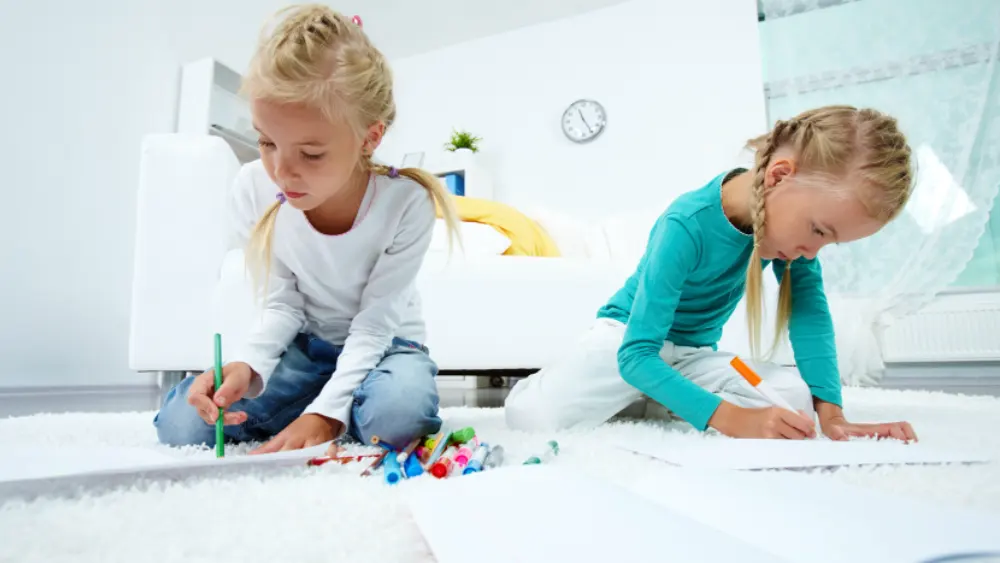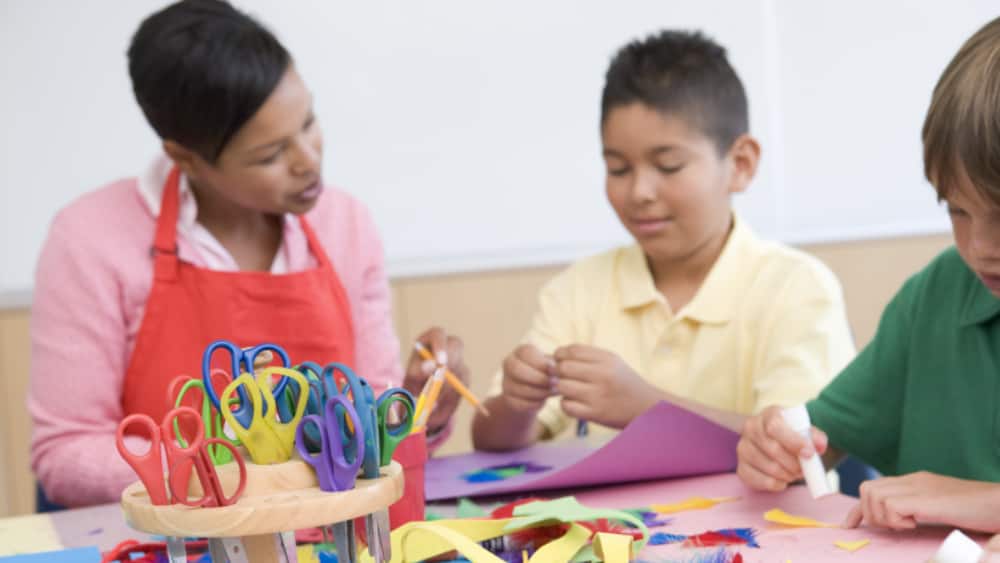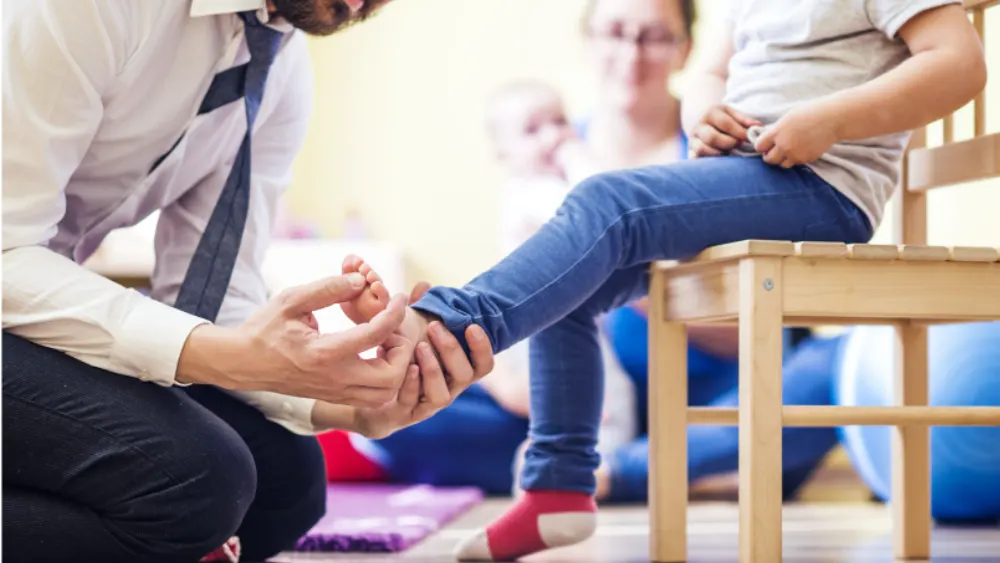Parenting can be a complex and rewarding journey, especially when you’re supporting a neurodivergent child. Every day can bring unique moments of joy, discovery, and progress – but it can also come with its share of challenges. From navigating sensory needs to encouraging communication and independence, it’s natural to feel like you’re balancing a lot at once.
It’s important to remember that you’re not alone. Many parents share similar experiences – wanting to nurture their child’s strengths while also helping them overcome obstacles in a way that feels supportive, not overwhelming. But here’s the good news: small, meaningful steps can lead to incredible progress, and you don’t have to be an expert to make a difference.
Applied Behavior Analysis (ABA) is one approach that can help guide positive behaviors and support skill-building in a way that fits your family’s needs. Think of it as a set of helpful tools you can use to build confidence – not just for your child, but for you too.
Below, we’ll walk you through some practical, real-life examples of ABA techniques that you can apply in your everyday routines. Whether you’re looking to strengthen communication, create calmer moments, or encourage more independence, these small changes can make a big difference and help you celebrate every step forward.
1. Reinforcement: Positive and Negative
One of the most effective tools in ABA is reinforcement. It’s a way of encouraging your child to repeat a behavior by offering something they enjoy in return. There are two main types of reinforcement: positive and negative.
Positive reinforcement involves adding something pleasant after your child does something you want to encourage. For example, if they finish their homework, you might give praise (“You worked so hard – great job!”) or let them choose a fun activity. The reward strengthens their motivation to repeat the behavior.
Practical tip: Find out what motivates your child the most – it might be verbal praise, extra playtime, or even a sensory break. Tailoring positive reinforcement to their interests makes it much more effective.
On the other hand, negative reinforcement is about removing something unpleasant after your child does something positive. For example, if your child tidies their toys without prompting, you might let them skip a chore they don’t enjoy, like putting away laundry. This encourages them to continue the positive behavior to avoid something undesirable.
Important note: Negative reinforcement isn’t about punishment – it’s about creating a more positive experience by easing something difficult. Both types of reinforcement are great tools for teaching positive behaviors. The key is finding what works best for your child and using it consistently. It’s also important to pair reinforcement with meaningful feedback, such as telling your child why their action was helpful or valuable.
2. Shaping Behavior: Small Steps to Big Goals
Shaping is the process of reinforcing successive approximations toward a desired behavior. It focuses on gradually guiding the learner toward mastery of a specific target behavior by acknowledging and reinforcing smaller, achievable steps along the way.
Practical example: If you’re teaching a child to pronounce a word like “apple,” you might start by reinforcing any sound they make that resembles a vowel sound, like “a.” Once they are consistently making that sound, you can then reinforce the next step by encouraging the sound “ap.” Finally, you work toward reinforcing them when they can say the complete word “apple.” Celebrating each of these vocalizations supports their progress toward the ultimate goal.
Why does this work? Shaping is effective because it allows the learner to focus on achievable goals, which makes learning feel less overwhelming. Each small success builds confidence and motivates further attempts as they see their progress.
Bonus tip: Consider using descriptive praise to reinforce each new step, as specific feedback can help the learner understand what they did well.
3. Prompting and Fading: Helping Children Learn New Skills
When teaching your child something new, they may need extra support to get started. That’s where prompting comes in. Prompting is a way to guide your child toward the correct behavior or response by giving the right amount of help for where they are in the learning process.
Types of prompts you can use:
- Verbal prompts: Giving verbal instructions (e.g., “Pick up your toothbrush.”)
- Physical prompts: Gently guiding their hand to show them how to complete an action.
- Visual prompts: Using pictures, charts, or demonstrations to show what’s expected.
For instance, If your child is learning how to set the dinner table, you might start with a visual prompt like a picture of a completed table setting. You can also use physical prompts to guide their hand when placing utensils.
Once your child becomes more familiar with the task, you’ll begin fading the prompts – reducing the amount of help you provide. For example, you might shift from guiding their hand (physical prompt) to simply pointing to the correct spot (gestural prompt). Eventually, they’ll be able to complete the task independently.
Prompting helps your child build understanding, but fading builds independence. Gradually reducing support helps your child trust their own abilities and feel proud of their accomplishments.
Remember that It’s normal for progress to ebb and flow. If your child regresses or hesitates, return to a previously successful prompt rather than abandoning the task altogether. Small setbacks are part of the learning process, not a failure.
Becoming a Certified Registered Behavior Technician (RBT)
If you’ve found these tips helpful and want to dive even deeper into the world of ABA, becoming a certified Registered Behavior Technician (RBT) might be a great next step. An RBT certification gives you the skills and knowledge to help kids on a much larger scale, using techniques like the ones we’ve discussed here but with more in-depth training.
As a parent, learning more about ABA can make a huge difference in your own parenting journey. And the best part is that you don’t have to be a professional to start making an impact. Our RBT training program is a fantastic resource if you want to learn more, and we even offer the first module for free! It’s a great way to get started and see if this type of training might be right for you.
We also have a YouTube channel filled with handy tips and tricks to help you apply ABA strategies at home. If you’re looking for more insights into specific techniques or just want to feel supported along the way, our channel is a great place to learn.
So, take the next step in your ABA journey, whether it’s exploring our training program or checking out our YouTube content. You’ve already learned the basics, and there’s so much more to discover!









